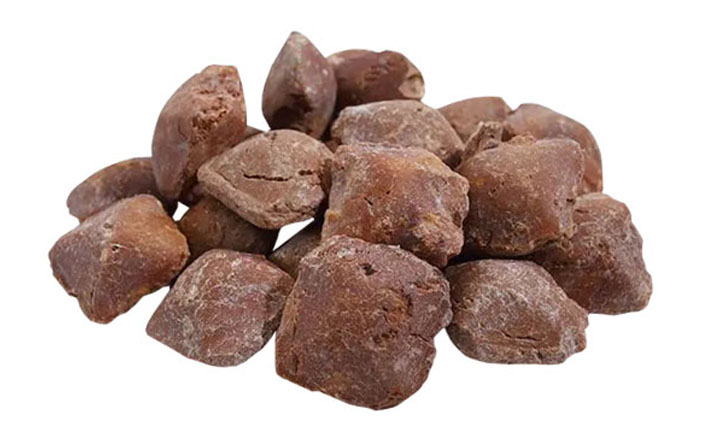
Medium grade magnesia is widely used in metallurgy, smelting, manufacturing of high-grade magnesia bricks, refractory materials, and moisturizing materials. It is also widely used in rubber, rubber plates, rubber products, pharmaceutical industry, food industry, plastic plate promoters, plasticizers for glass fiber reinforced plastics, surface coating paints for silicon steel sheets, fillers and reinforcements for paper production, steel ball polishing agents, leather processing agents, insulating materials, grease, dyes, ceramics, desiccants, resins Flame retardants are used as fillers and reinforcements for rubber and plastic products, soft magnetic ferrite, adhesives, catalysts in the chemical industry, and raw materials for the manufacture of other magnesium compounds, enamels, ceramics, and glass.
Excellent flame retardant and filler for polymer materials such as plastics and rubber, used as flue gas desulfurization agent in environmental protection, and can replace caustic soda and lime as neutralizers for acid containing wastewater; Used as an oil additive for corrosion prevention and desulfurization; Used in the refining of electronic industry, medicine, and granulated sugar; Used for thermal insulation materials and manufacturing other magnesium salt products; Electrically fused magnesium is one of the important raw materials for refractory materials, used in the manufacture of various magnesium bricks, magnesium aluminum bricks, ramming materials, furnace repair materials, etc. It contains a lot of impurities, and is used for laying the bottom of steel making furnaces, etc.
"Reburned magnesium is a refractory material that uses magnesium oxide (magnesia) as the basic aggregate, mixed with magnesium chloride aqueous solution, and added with a small amount of talc powder, quartz sand, and glass filaments. It can be knotted and shaped, with a fire resistance of up to 400 degrees Celsius and a high energy of up to 1700 degrees Celsius. Reburned magnesium has a good sintering degree, uniform chemical composition, and stable quality. It is mainly used in steel making open hearth furnaces, electric furnace sintering furnace bottoms, and ramming furnace linings.".
"Fire resistance" refers to the Celsius temperature at which a conical sample of refractory material resists the action of high temperature without softening and melting under no load. The emergence of refractory materials along with high-temperature technology roughly originated in the mid Bronze Age. During the Eastern Han Dynasty in China, clay refractory materials were used as kiln materials and saggers for firing porcelain. Refractory materials are developing towards high purity, high density, and ultra-high temperature products, while amorphous refractories and refractory fibers that do not require firing at all and consume little energy have emerged. In modern times, with the development of atomic energy technology, space technology, and new energy technology, refractory materials with comprehensive excellent properties such as high temperature resistance, corrosion resistance, thermal vibration resistance, and erosion resistance have been applied.